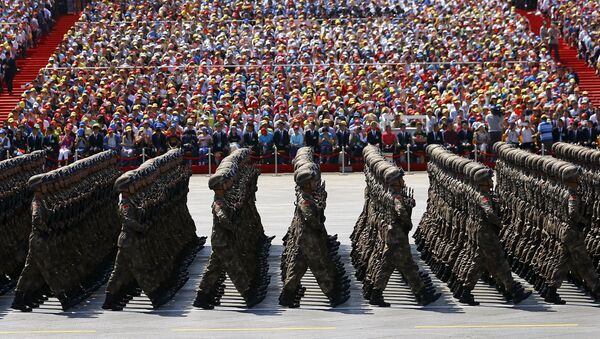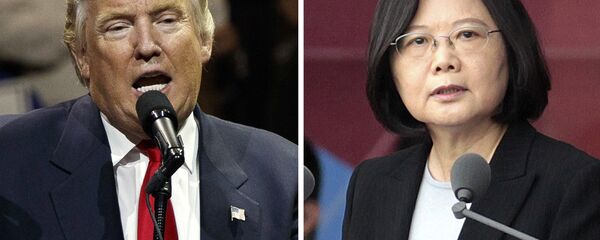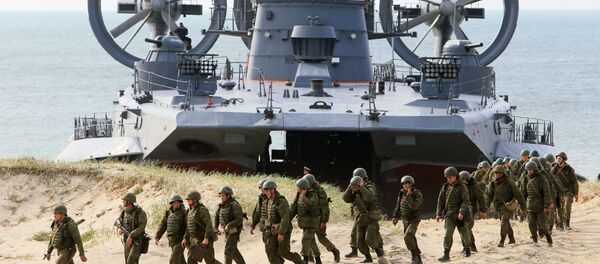Xi's plan involves a dramatic reduction of armed forces personnel to some 300,000, a miniscule number compared to today's 2.3 million. The message comes as China conducted a flight test of 10 ballistic missiles at the end of November, which media have already dubbed a "display of force."
However, the reduction must be balanced by improved combat effectiveness, the Chinese leader pointed out, which means proficiency in new means of warfare, most of which is based on information and technology.
"There have been new changes in terms of the military's size, structure and formation, which features smaller in size, more capable in strength, modularization and multi-functionality, with scientific factors playing bigger roles," Xi said.
China has the world's second largest military budget. However, recent changes in global military conflicts have demonstrated that large military expenditures and large armed forces do not necessarily mean high combat effectiveness.
To achieve a high level of military effectiveness, the military's structure must be readjusted and optimized, new types of forces developed, ratios between different types of forces rationalized and the number and the scale of the military downsized, Xi said.
Xi also urged the armed forces to take the reform as a major political issue, which means strengthening rules and discipline, and also to treat it as an opportunity to erase any remaining influence of the two previous vice chairmen of the CMC, whom the Chinese government considers corrupt.




